Texas Transportation Projects Update
Texas Legislature
The regular session ended on Memorial Day. Transportation-related issues were mostly low priority, and the Senate focused mainly on a few important long-term funding bills.
Houston-specific issues (no bills passed):
- SB 2515 would have required HCTRA to use its revenue for road improvements only, but the bill made no progress after introduction. SB 1727, signed into law in 2021, placed some restrictions on the ability of Harris County to harvest toll money for non-transportation purposes. Generally speaking, the legislature had little interest in toll issues, passing only two minor bills relating to billing and preparation for icy conditions.
- Texas Central high-speed rail received much less attention than in previous sessions, with only three bills filed and none making much progress. With Texas Central moribund, the project opposition did not put effort into anti-project bills.
Bills approved (statewide):
Three bills provide long-term funding for TxDOT into the early 2040s. This is especially important since recent inflation has extended project timelines, with NHHIP now scheduled for completion in 2042.
- HB 2230 extends Proposition 1, which provides funding from surplus money in the rainy day fund. Amount is variable depending on oil prices, and is usually $1 to 2 billion per year. Expiration is extended 8 years from 2035 to 2043.
- SCR 2 extends proposition 7, which provides $2.5 billion plus a percent of auto sales tax each year. The $2.5 billion is extended 10 years to 2042, and the auto sales tax funding is extended 10 years to 2039.
- SB 505 imposes a $200 annual road use fee on electric vehicles, in recognition that electric cars don’t pay any fuel tax for road maintenance. Although this will generate a small amount of revenue in the near term, it could become a substantial revenue source in the future.
- HB 3297 ends vehicle safety inspections on December 31, 2024. But emissions testing will continue, so in Houston we still need to take our cars to a testing center.
Inner Katy Managed Lanes
In May I provided an update on the status of the Metro’s Inner Katy (Loop 610 to downtown) BRT. A TxDOT presentation on May 18 says that construction on the separate managed lanes could begin in 2026 or 2027 (page 19). This is good news! However, there is much work still to be done, including environmental clearance, so 2026-2027 seems optimistic. There is not yet a recommended design option, but all the documents suggest that an elevated structure in the center of the freeway is the leading candidate. Future public meetings will influence the recommended design. The scope of the project includes reconstructing the main lanes and increasing the minimum vertical clearance to 18.5 feet. (It is currently around 15’4″). This will be an expensive project.
Big Projects in Dallas and Austin move ahead of NHHIP
While NHHIP has been engulfed in controversy, the $1 billion I-345 project in Dallas and the $5 billion I-35 project in Austin are moving forward and are now scheduled to be completed much sooner than NHHIP, even though planning for both the Dallas and Austin projects started much later than NHHIP. Dallas City Council recently unanimously approved TxDOT’s plans to sink the elevated I-345 freeway into a trench. The DEIS for I-35 in Austin was released in February and TxDOT is moving toward construction as fast as possible. While there has been plenty of controversy for both the Dallas and Austin projects, local officials did not file lawsuits or request federal reviews.
| Project | Planning Started | Work Starts | Scheduled completion |
| NHHIP | 2004 2010 detailed |
2025 | 2042 |
| I-35 Austin | 2013 preliminary, 2020 detailed | 2026* | 2032* |
| Dallas I-345 | 2016 preliminary, 2020 detailed | 2028 or 2029* | soonest 2033 |
*Schedule tentative and subject to change.
So if I-35 and I-345 continue to progress as expected, they will be completed in 2032 or 2033. Only three small sections of NHHIP are scheduled to be complete at that time (including I-69 south of I-45, and the I-10/I-45 interchange). The vast majority of work including downtown work and all of I-45 north of downtown would be just getting started or not even started.
Austin’s New Plan for Light Rail
In April 2022 Austin’s original light rail plan including a subway was estimated to cost $10.3 billion, with the tunnels costing around $1 billion per mile. Those estimates were before recent severe inflation in construction costs.
Austin’s revised plan (map with data) is now entirely at street level, running in the middle of streets just like Houston’s MetroRail. Depictions of the new plan look very familiar to Houstonians. Costs, however, remain outrageously expensive.
- 9.8 miles, all at street level, taking away traffic lanes
For comparison, Metro rail is 23 miles, all at street level, and Dallas has a 93-mile system mostly on dedicated right-of-way including a subway - Project cost: $4.5 to $4.8 billion, $459 to $490 million per mile (!)
Cost includes a new bridge over Lake Lady Bird and startup costs such as a train maintenance facility. The original Red Line in Houston, opened in 2004, cost $43 million per mile, and the Green and Purple lines, opened 2015-2017, cost $153 million per mile. - Speed: 13.6 miles per hour from north to south; 14.9 miles per hour from north to southeast.
- Estimated weekday ridership: 28,500
Read the rest of this piece at Houston Strategies.
Tory Gattis is a Founding Senior Fellow with the Urban Reform Institute and co-authored the original study with noted urbanist Joel Kotkin and others, creating a city philosophy around upward social mobility for all citizens as an alternative to the popular smart growth, new urbanism, and creative class movements. He is also an editor of the Houston Strategies blog.

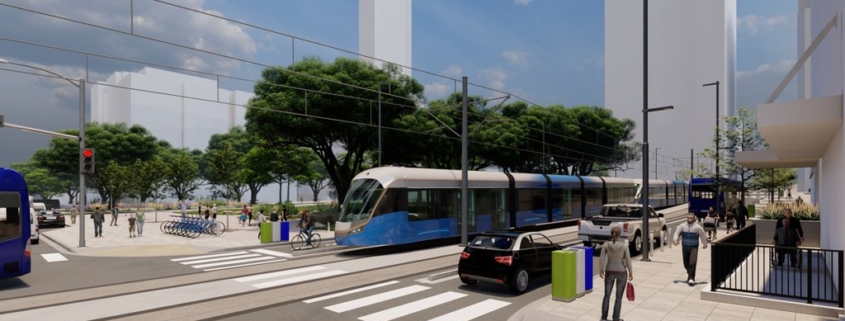
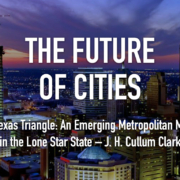

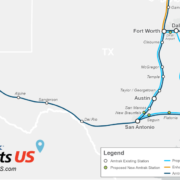
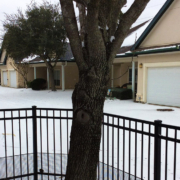 Terry Hammonds, CC 2.0 License
Terry Hammonds, CC 2.0 License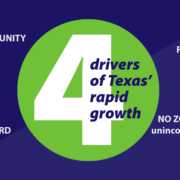
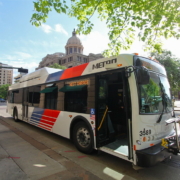 Roy Luck
Roy Luck
